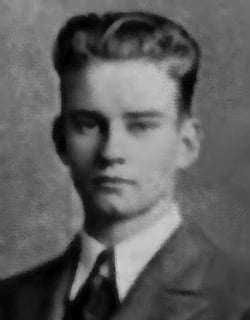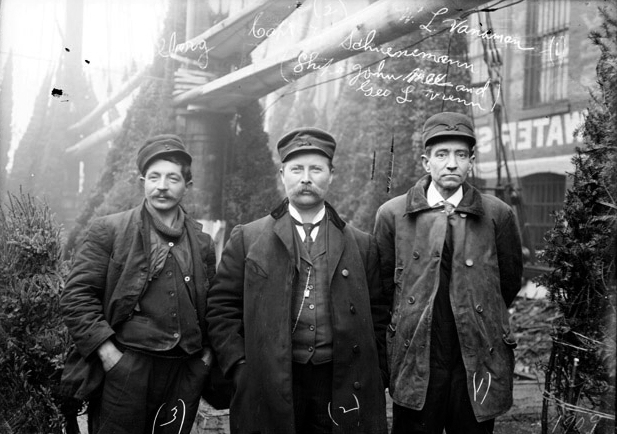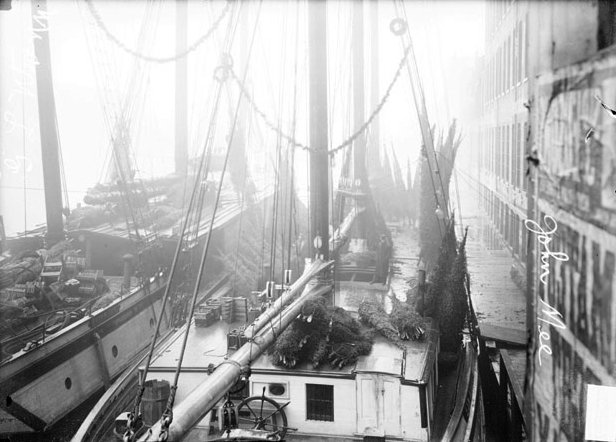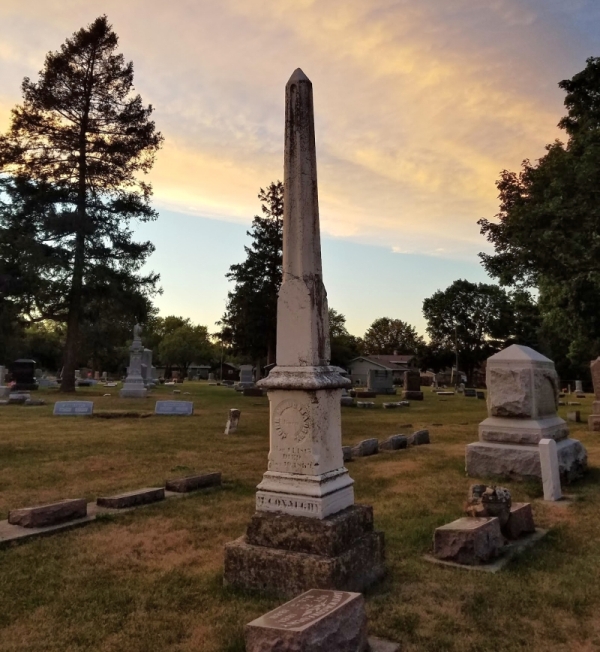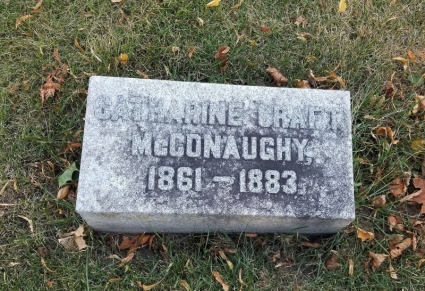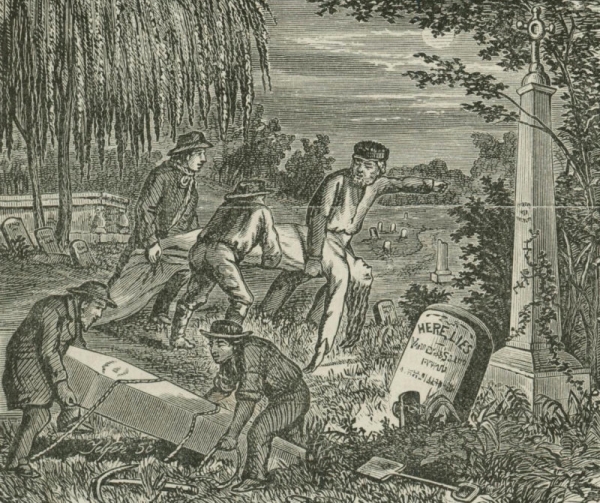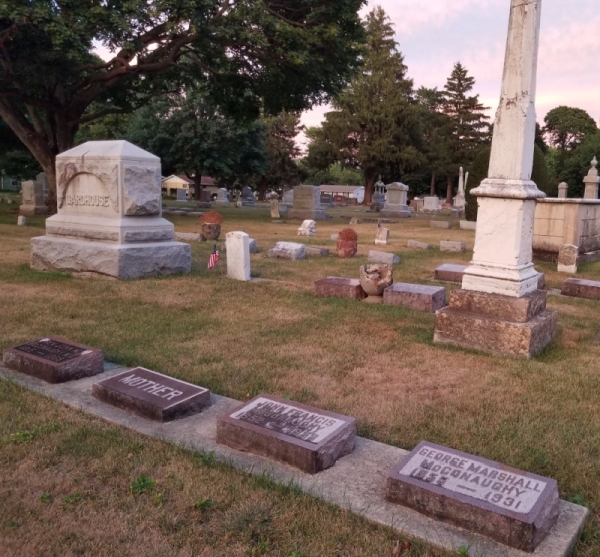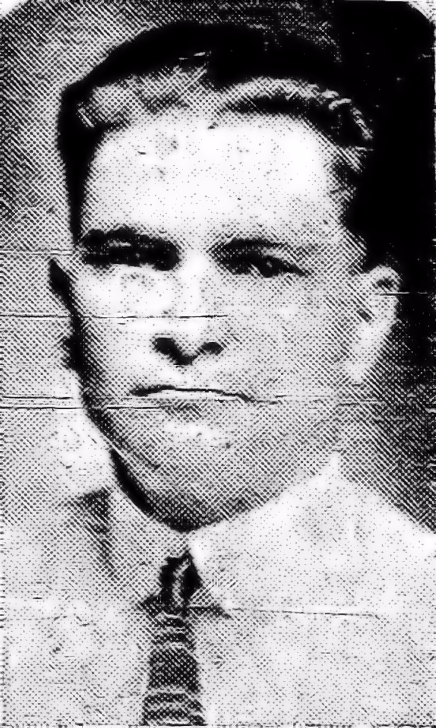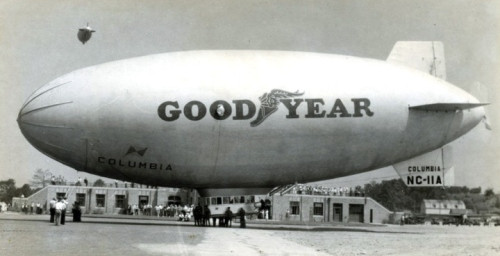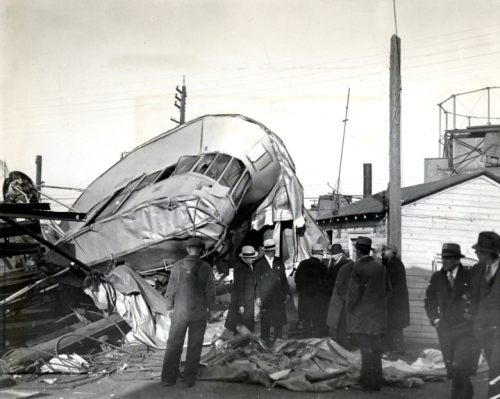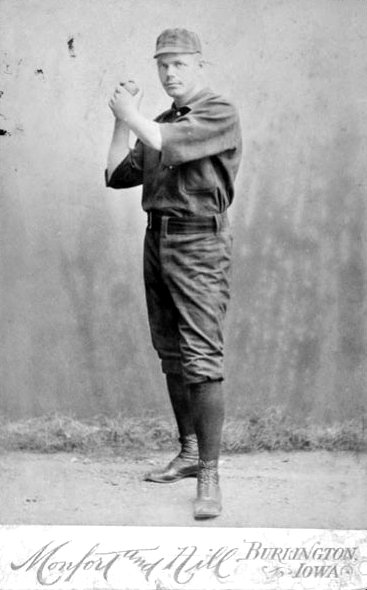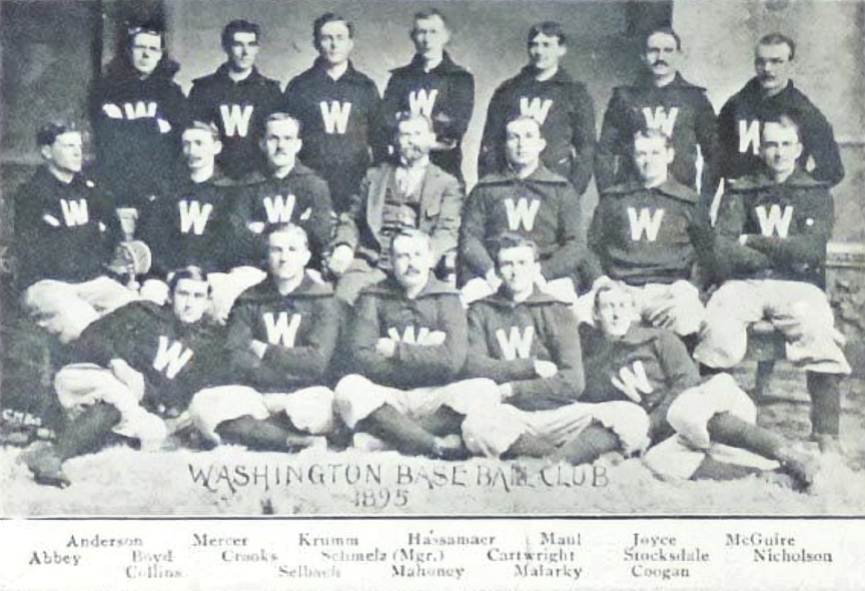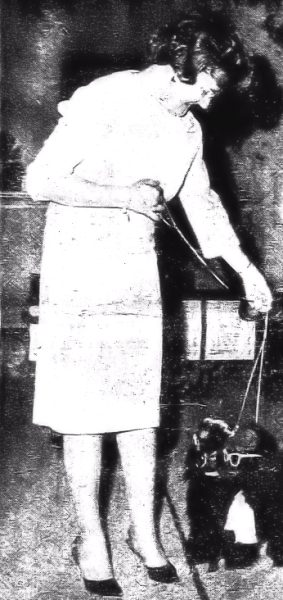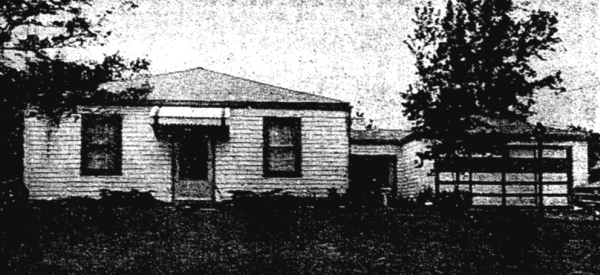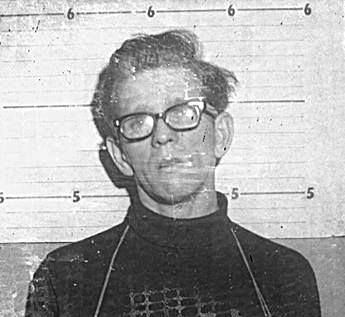Originally published in The Rock River Times.
The young man walking through the little cemetery wasn’t the least bit frightened on that chilly November night. Not at first anyway. Britton Thorsen’s father was the Sexton for the Newark Cemetery and he spent many hours there. Britton would later say that he had always found the cemetery to be very peaceful. All that changed as the 17-year-old Britton approached the cemetery’s small building that at times was used as a chapel.
He stopped in his tracks as his brain struggled to comprehend what it saw in the dim light. It was a young man’s body and Clinton could tell that the death was not a natural one. The body was face down and there was a wound in his head. Britton had a good idea of the young man’s identity. Charles F. Patterson had been missing from Beloit College since the previous Wednesday, November 15, 1933. The word of his disappearance had spread all over southern Wisconsin and northern Illinois.
Charles F. Patterson was 19 years old and a junior at Beloit College. He was a good student and involved in many clubs including sports, photography, and business groups. He belonged to the Beta Theta Pi Fraternity. The fraternity was established in 1860, and was the oldest on the Beloit campus. Charles appeared happy and well-adjusted to campus life. A popular boy, he always seemed surrounded by friends. A fact that was proven when large groups of students showed up to search for him on the several days he was missing.
Charles was seen leaving his fraternity house in the morning of November 15, 1933. He had a car at the school but left it parked in front of the fraternity house that morning. But this was just the beginning of this mystery. When Charles did not return that evening his friends and fraternity brothers reported him missing to the college President, Irving Maurer.
Charles Follett Patterson graduated in 1931 from New Trier High School in Winnetka, Illinois. He worked hard through his high school years and was considered one of the top students from his class. He pledged and was accepted into the Beta Theta Pi Fraternity at Beloit College. It would be these fraternity brothers that would later carry Charles’ coffin to Eaton Chapel where his service would be held.
Friends described Charles as very organized, a deep thinker, and a gentle soul. He had a great work ethic and was very successful in his school work. His parents were very proud of Charles and very touched that he wrote home so often.
It was Maurer who notified Charles’ parents that he was missing. They lived in Jackson, Michigan with his sister, Jean. The police began the search immediately but soon, Charles’ family and many friends came to help. Charles had gone to high school in Winnetka, Illinois and still had many friends there. It speaks volumes about this young man’s character that people flocked to help search for him.
All who knew him were baffled first by his disappearance and then by his death. When young Britton found Charles in the Newark Cemetery on that Sunday evening, it really only answered one question, “Where was Charles?” On the other hand, it led to so many more.
When Charles’ body was recovered, the men who were sent to retrieve his corpse discovered a .22 caliber handgun underneath. The police who were working on the theory that Charles might have met with foul play now changed their minds. Their focus now became on gathering evidence of why Charles would commit suicide. The police met with a lot of resistance to their new theory. The thought that Charles had hurt himself was incomprehensible to everyone who knew him.
When police recovered and later tested the gun, they discovered that it had recently been fired three times. The fatal bullet entered his right temple and exited under his left cheek bone.
Police worked hard to interview the many friends and classmates of the young man. Again, the interviews brought more questions than answers. No one who knew Charles believed that he would ever hurt himself. But one of his teachers stated that during the previous six weeks, Charles seemed quieter and his grades had slipped. His fraternity brothers mentioned that Charles was worried about something but wouldn’t tell them any details. Whatever was worrying Charles didn’t seem that serious to any of his friends.
The police interviews found a couple of men who saw a young man walking on the same afternoon that Charles went missing. Eric Thorsen worked as the sexton at the Newark Cemetery and was the father of the young man who discovered Charles’ body. Thorsen and another man stated that they spotted a young man walking in the direction of the cemetery. It was 16 miles from Charles’ dorm room to the little cemetery, and the time given by the two men didn’t allow for Charles to walk to the spot he was seen. Police tried to find someone who might have given Charles a ride but no one ever came forward.
Police were hopeful when they realized that there was a house nearby the little cemetery. They hoped to narrow down the time of death. But when they interviewed the family that lived in the house, the mystery once again deepened. The family had been home during the evening but never heard a shot, let alone three. Police never recovered any evidence of the other two bullets.
Charles’ funeral was hosted by Eaton Chapel at Beloit College. His heartbroken parents, Charles and Emma and his sister Jean, attended the service. They found some comfort in the fact that over 500 students came to pay their respects. Many of the students approached the family and spoke of the things they admired about Charles. Things like the fact that he was a hard worker, a good role model for the underclassmen, and that he had accomplished so much in his short life. But no one could tell them what they really needed to hear. No one could answer the question that they needed answered. They left shortly after the ceremony.
There were so many questions left unanswered when Charles died. The mystery of this young man’s death will remain forever unsolved.
Beloit College President Maurer spoke eloquently at Charles’ funeral and put it much better than this author could ever hope to express.
“ Into the dark tragedy of his sudden death and into the forces which played upon him so swiftly in the last few days of his life we cannot enter. Here we find ourselves baffled
by the inscrutability which cloaks the human soul. God knows-we simply bow in sorrow
at the thought of the lonely struggle into which this talented, able, promising life was
was hurried.”
Copyright © 2022 Kathi Kresol, Haunted Rockford Events


